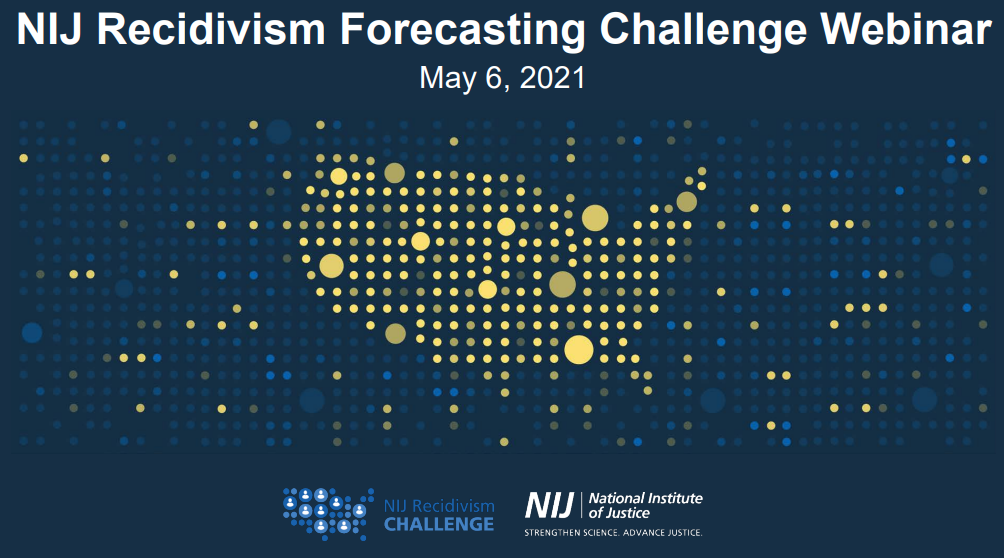Drug markets
Pharmacological Evaluation and Forensic Case Series of N-pyrrolidino Etonitazene (etonitazepyne), a Newly Emerging 2-benzylbenzimidazole 'Nitazene' Synthetic Opioid
Isomer Differentiation of Novel Psychoactive Substances Using Gas Chromatography Solid Phase Infrared Spectroscopy (GC/IR)
Drug Markets, Travel Distance, and Violence: Testing a Typology
Detecting Opioid Distribution Networks Using Network Modeling and Community-Based Intelligence
Illicit opioid supplies can be greatly reduced if distribution networks are disrupted. New research highlights the power of computer modeling and community-based intelligence to reveal network connections.
Detecting Opioid Distribution Networks Using Network Modeling and Community-Based Intelligence
Identifying and Informing Strategies for Disrupting Drug Distribution Networks: An Application to Opiate Flows in Pennsylvania
Police Legitimacy and Disrupting Overt Drug Markets
NIJ Recidivism Forecasting Challenge Webinar Transcript
Challenge has closed
Thank you to everyone who submitted an entry. Winners will be notified by August 16, 2021, and posted online.
Winners are to submit paper outlining the variables that were tested, indicating which were of statistical significance and which were not, by September 17, 2021.
DARYL FOX: Good afternoon, everyone. Welcome to today's webinar. NIJ's Recidivism Forecasting Challenge, hosted...



